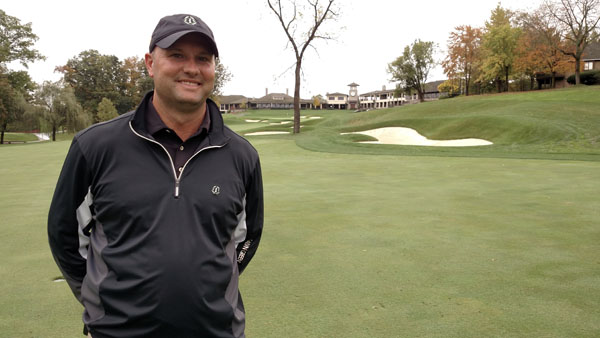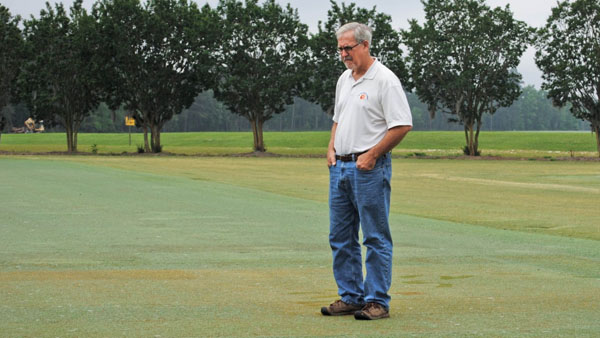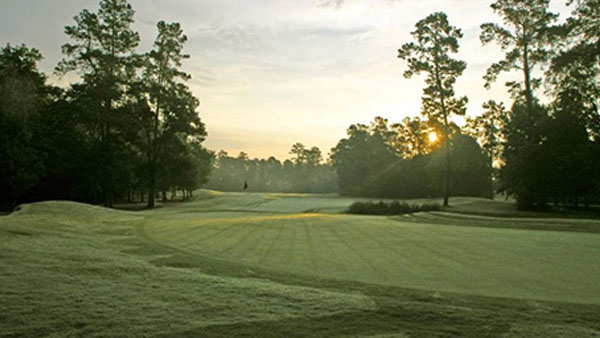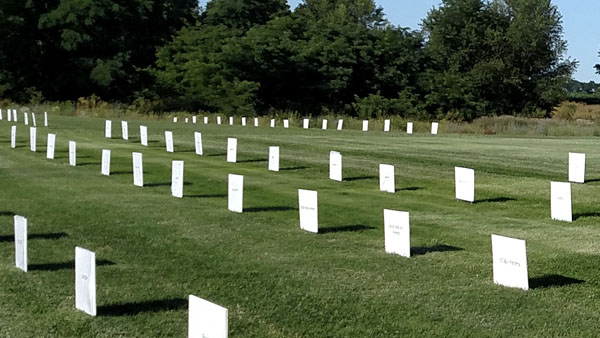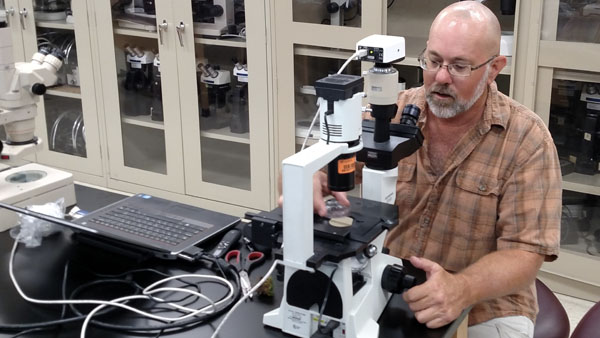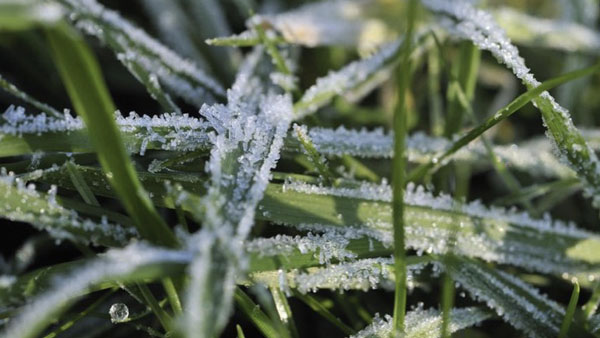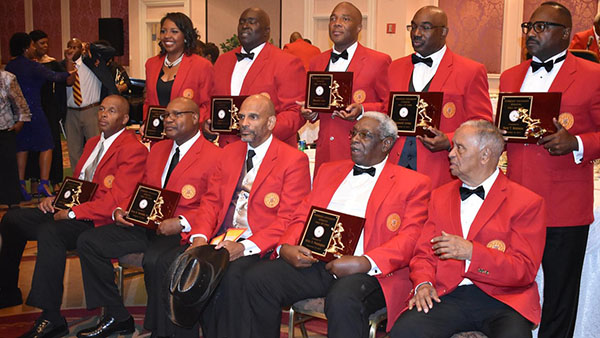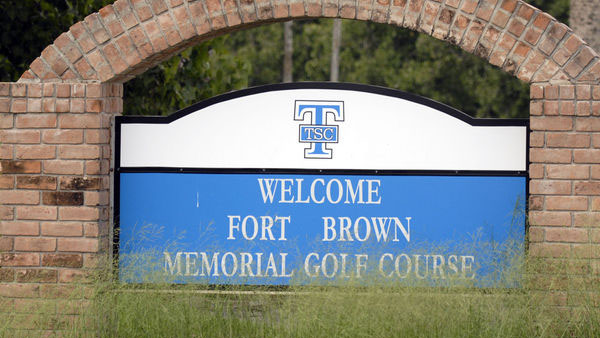
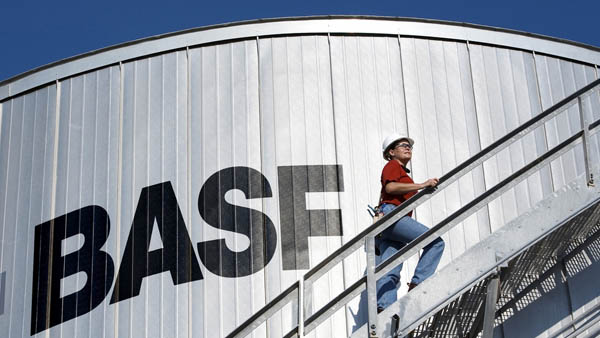
The deal, which is the largest in BASFs 152-year history and marks its first foray into the ag seed market, is expected to close in the first quarter of 2018, but a lot must happen between now and then before the deal is approved.
For Bayer, the announcement comes as part of an effort to sell off assets to satisfy antitrust regulators in the wake of the companys $66 billion takeover of agricultural seed giant Monsanto in 2016. That deal still is awaiting regulatory approval, and European regulators arent expected to meet again to discuss it until January.
Once the acquisition is approved, more than 1,800 commercial, R&D, breeding and production personnel, located mostly in Germany, the U.S., Belgium, Brazil and Canada, will transition from Bayer to BASF.
With headquarters in Ludwigshafen, Germany, BASF also will acquire the manufacturing sites for glufosinate-ammonium production and formulation in Germany, the United States, and Canada, seed breeding facilities in North and South America and Europe as well as trait research facilities in the United States and Europe.
The acquisition, which BASF board member Saori Dubourg said improves the companys top-line growth by adding a new line of business, will include Bayers row-crop division as well as its glufosinate ammonium non-selective herbicide line that includes Basta, Finale and Liberty labels.
Other recent agrichemical acquisitions include Dows $130 billion acquisition of DuPont late in 2015 (which was just approved in September) and a $43 billion buyout of Syngenta by the China National Chemical Co. early in 2016.
- Read more...
- 3,148 views

